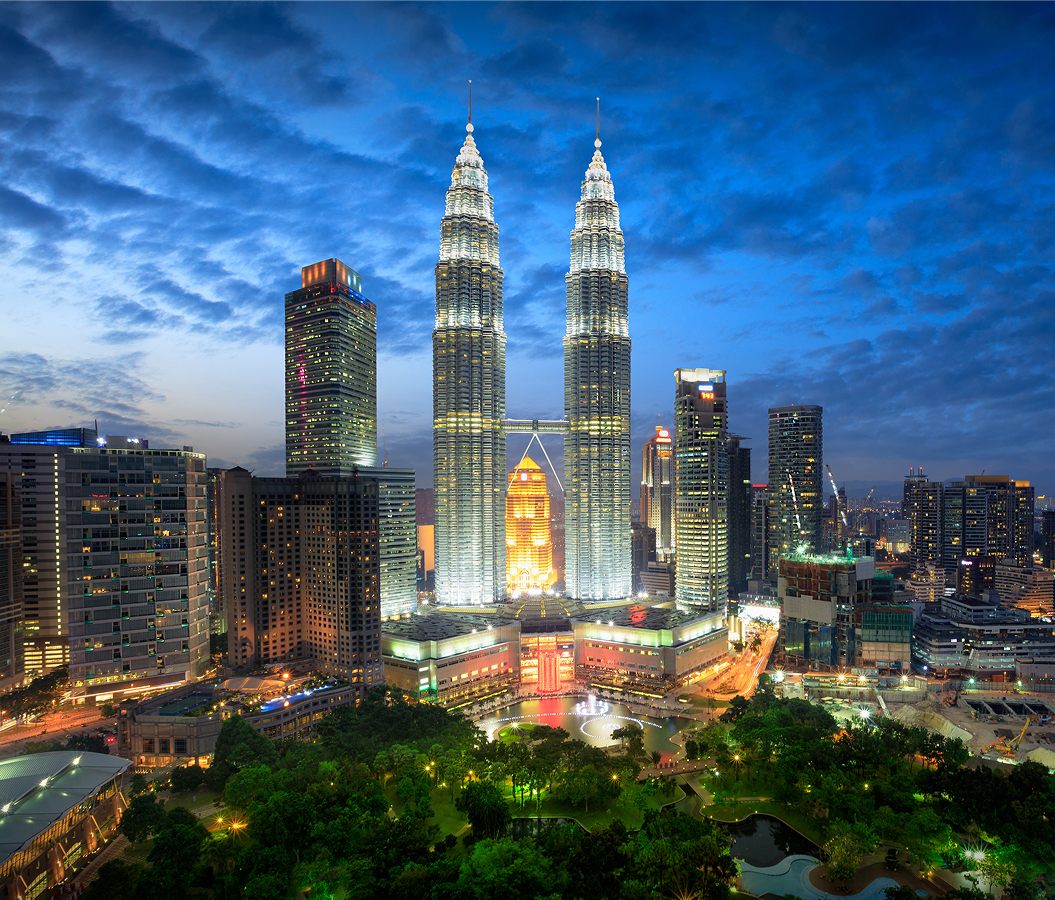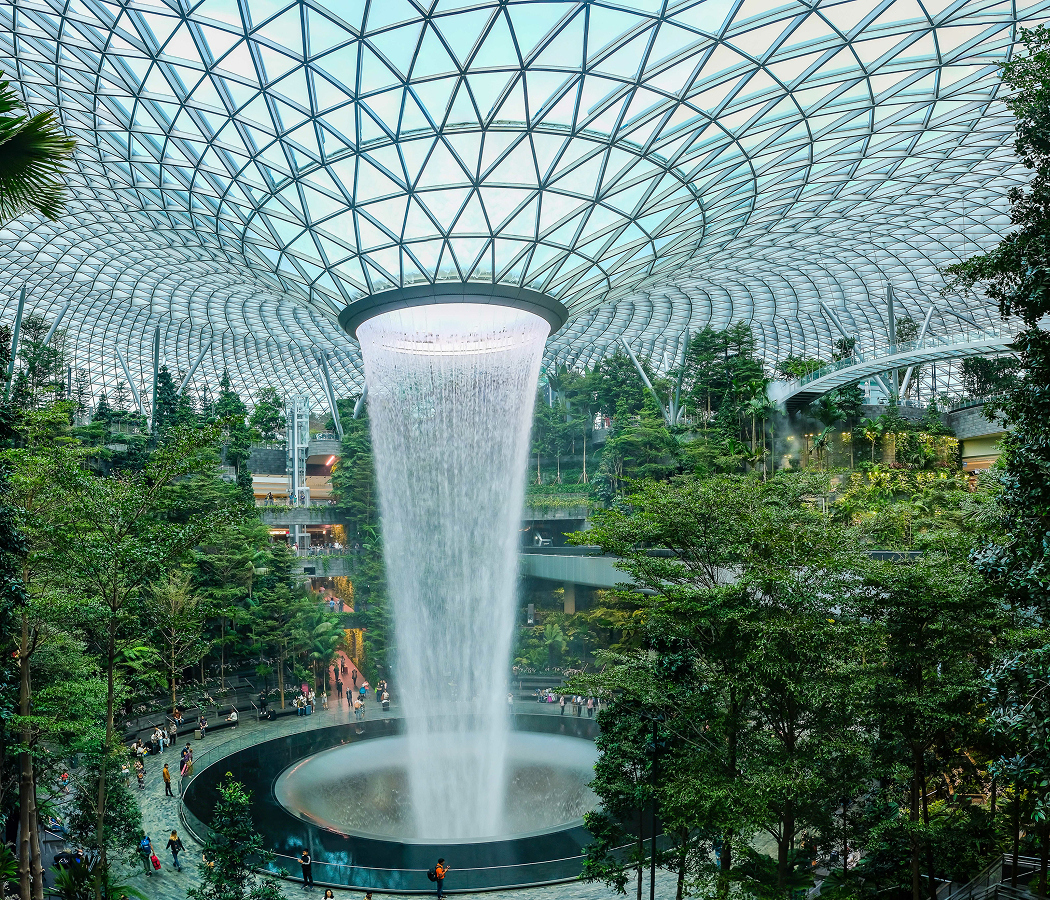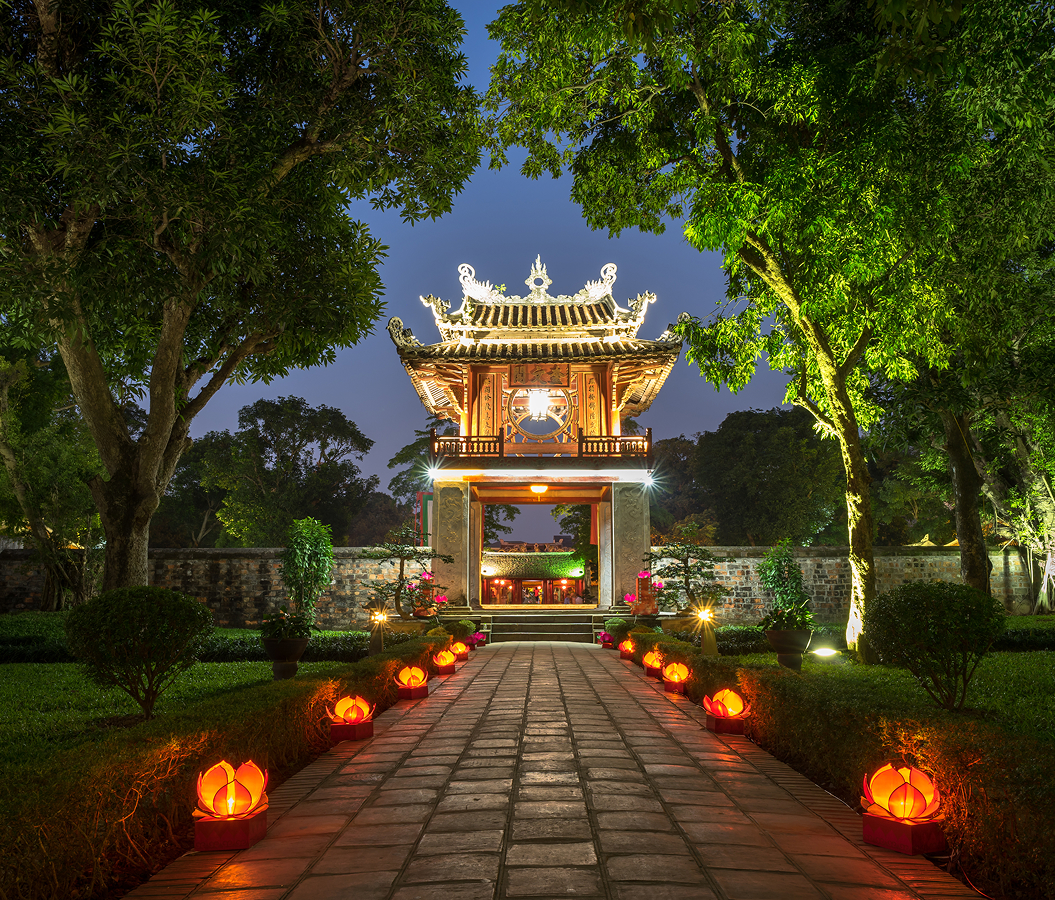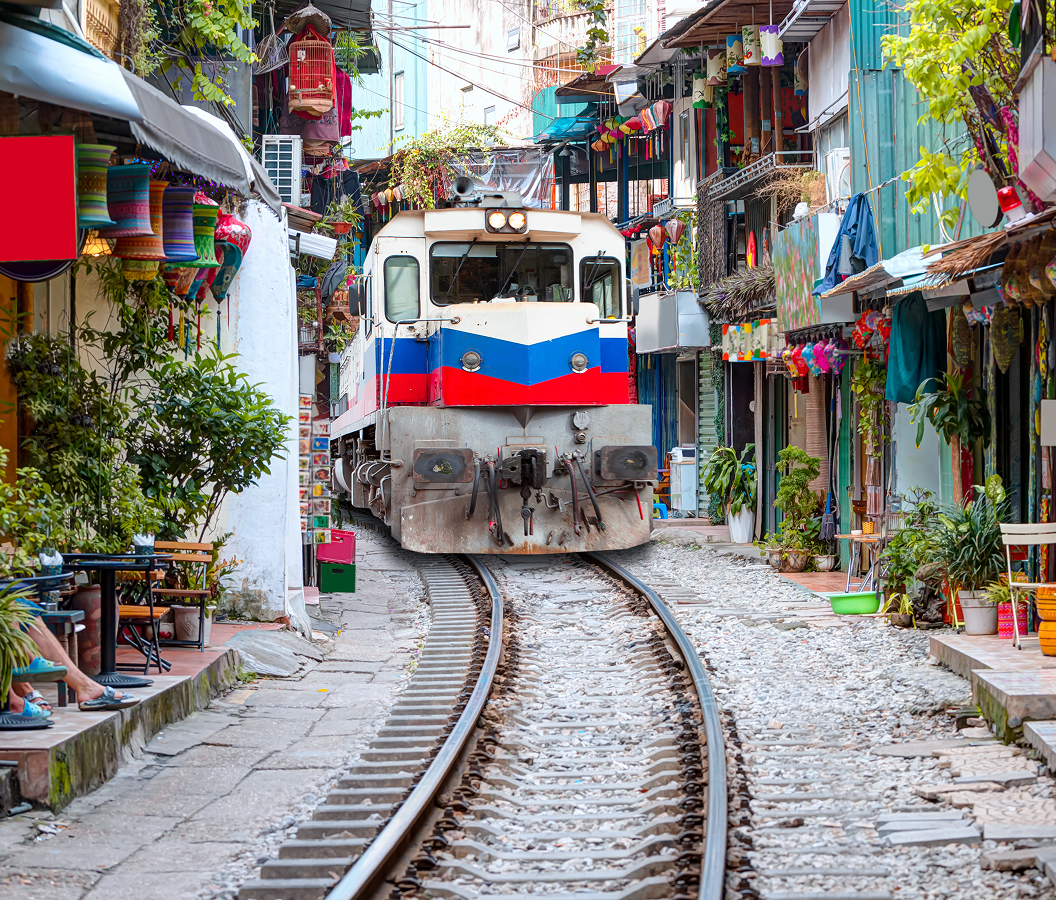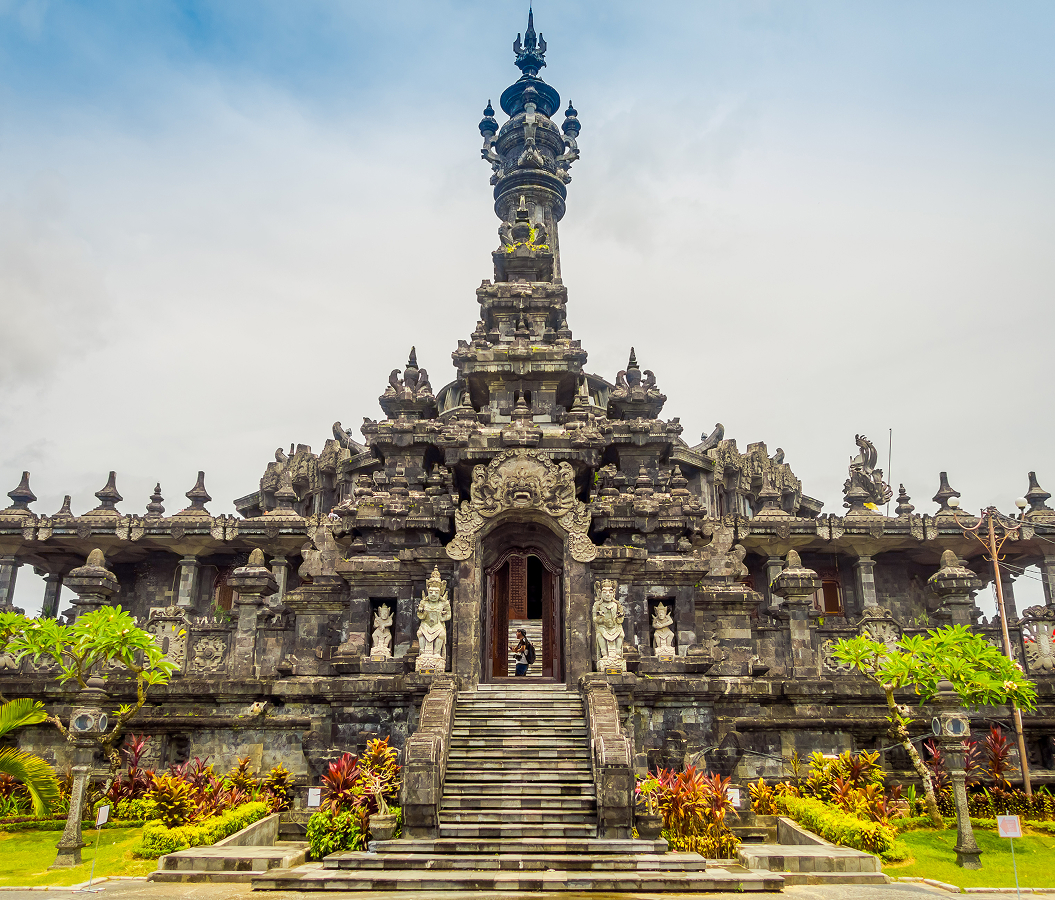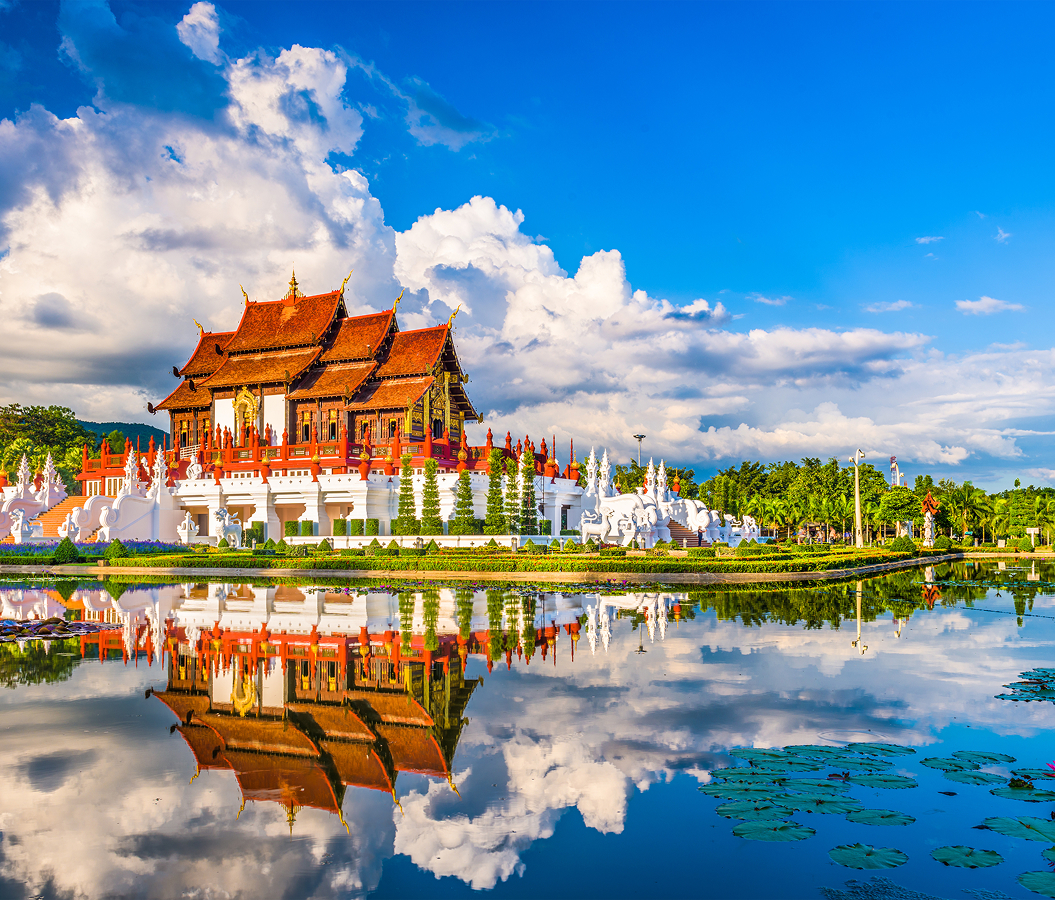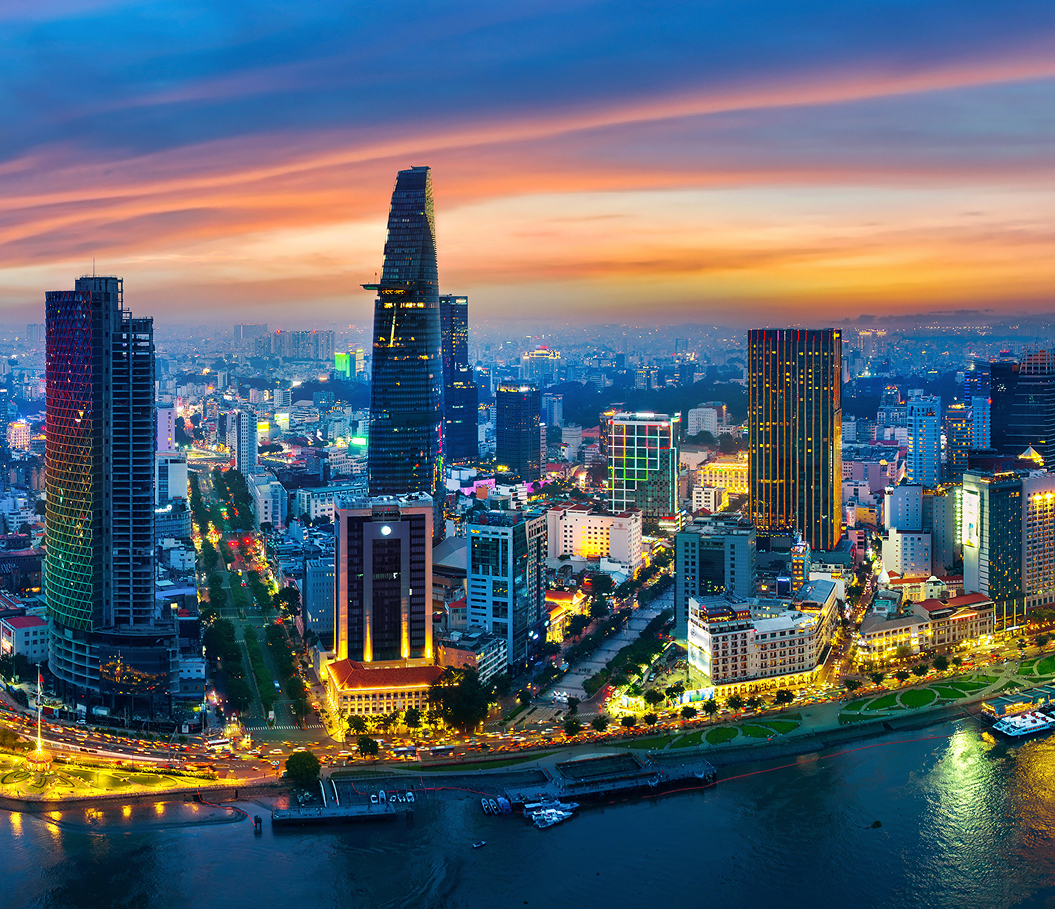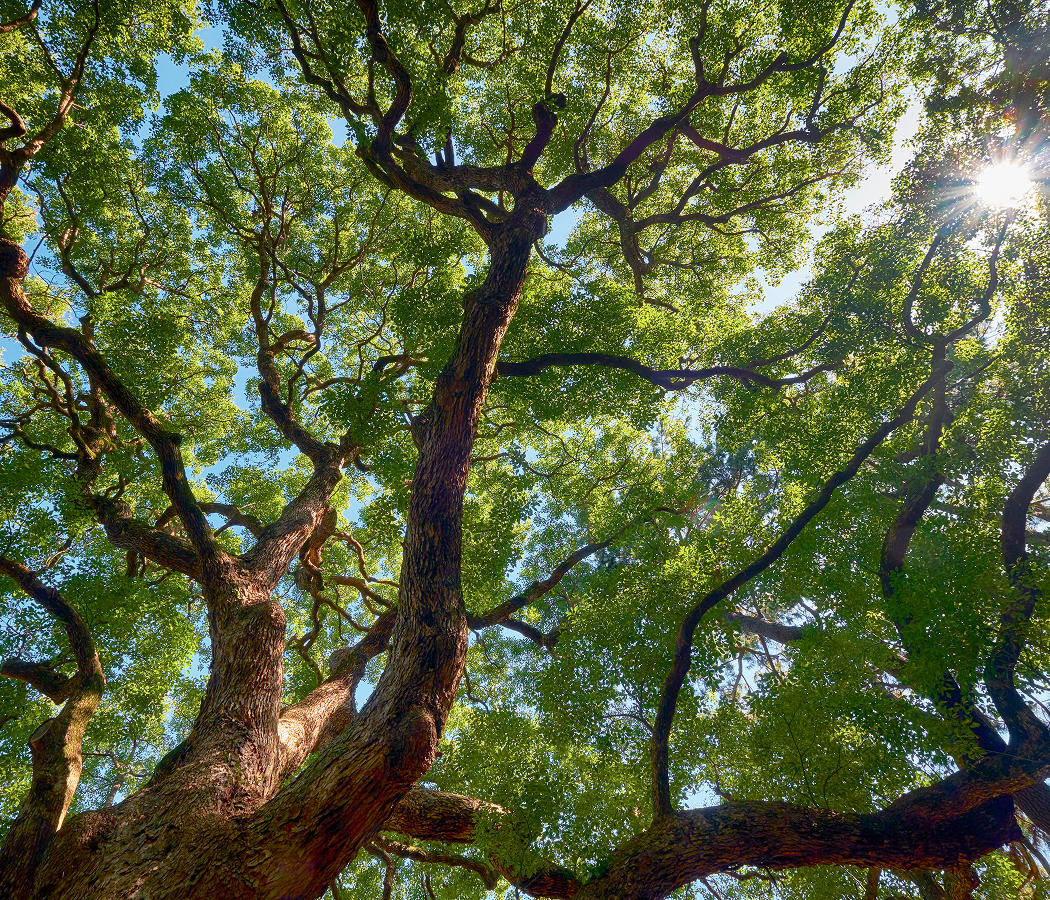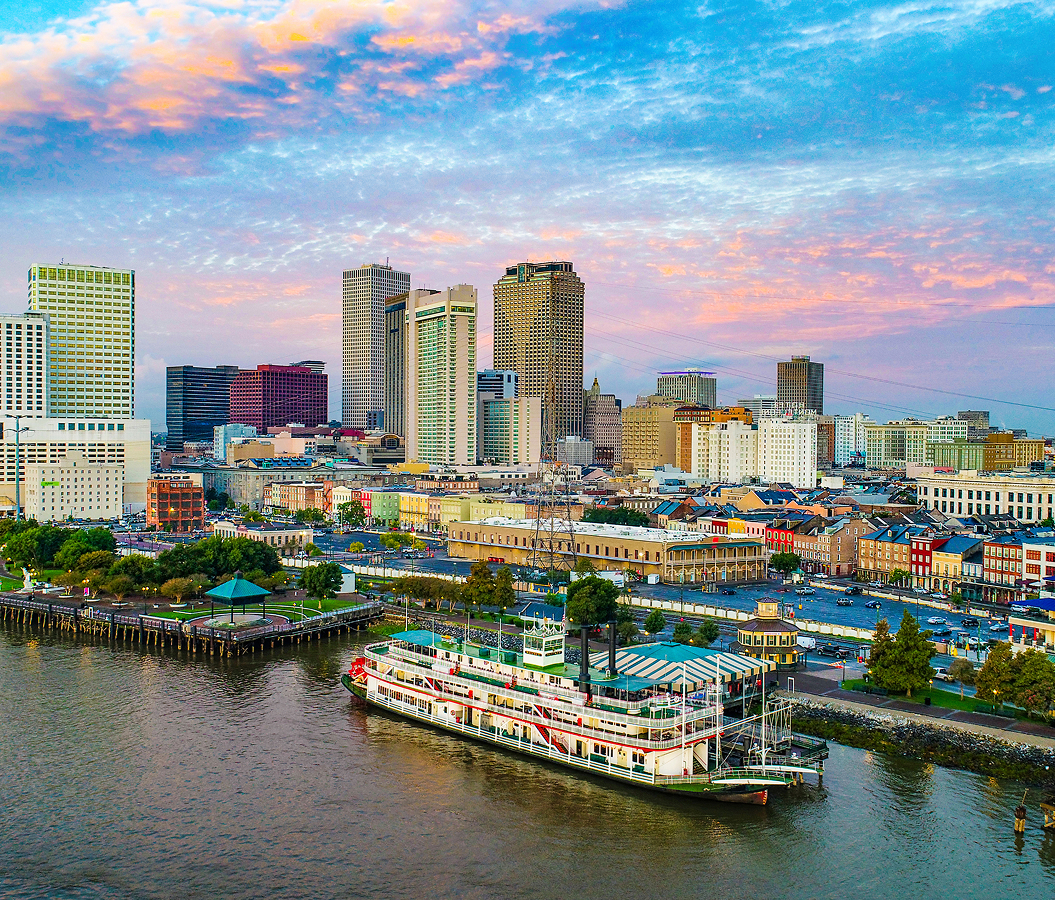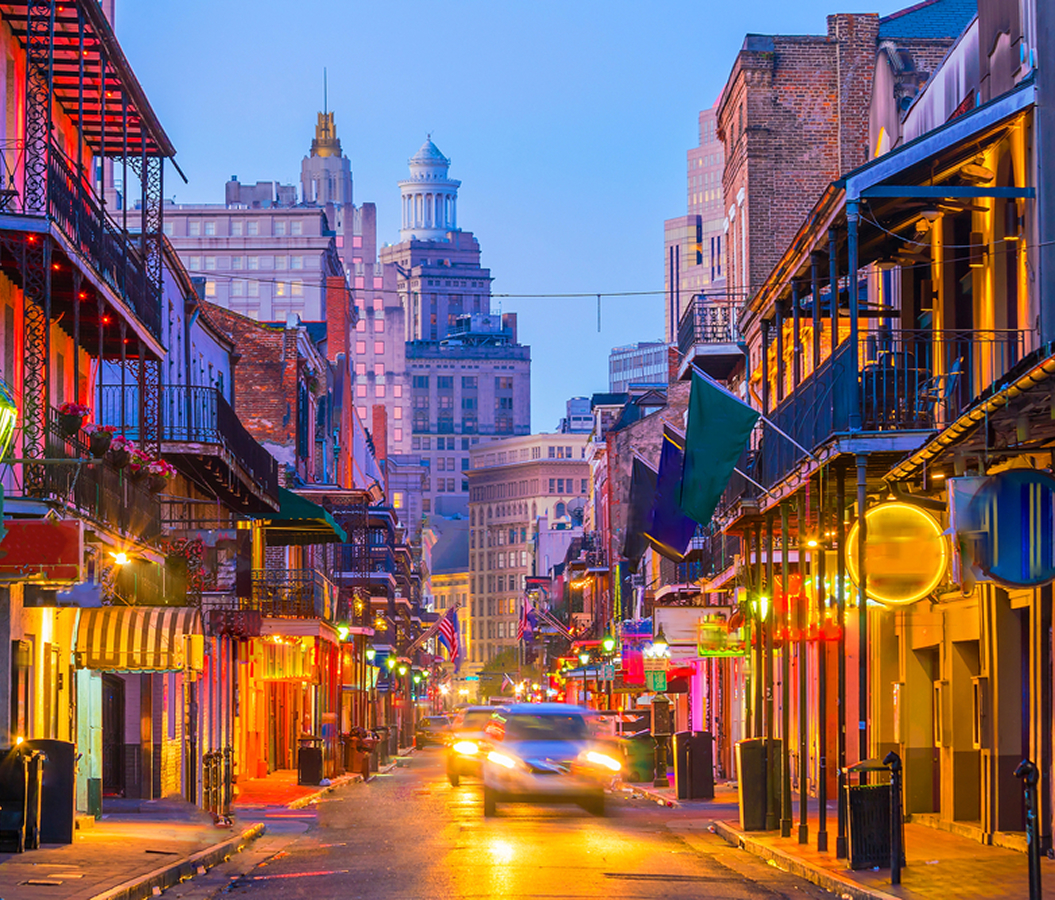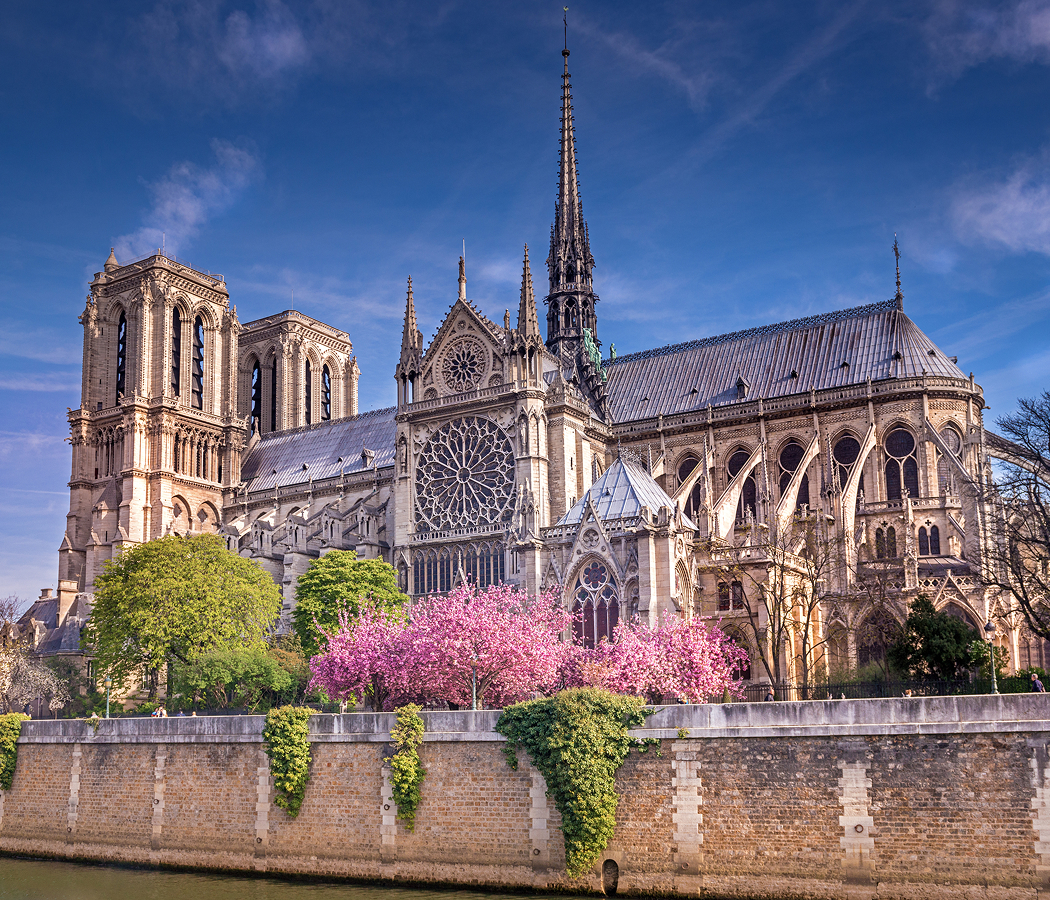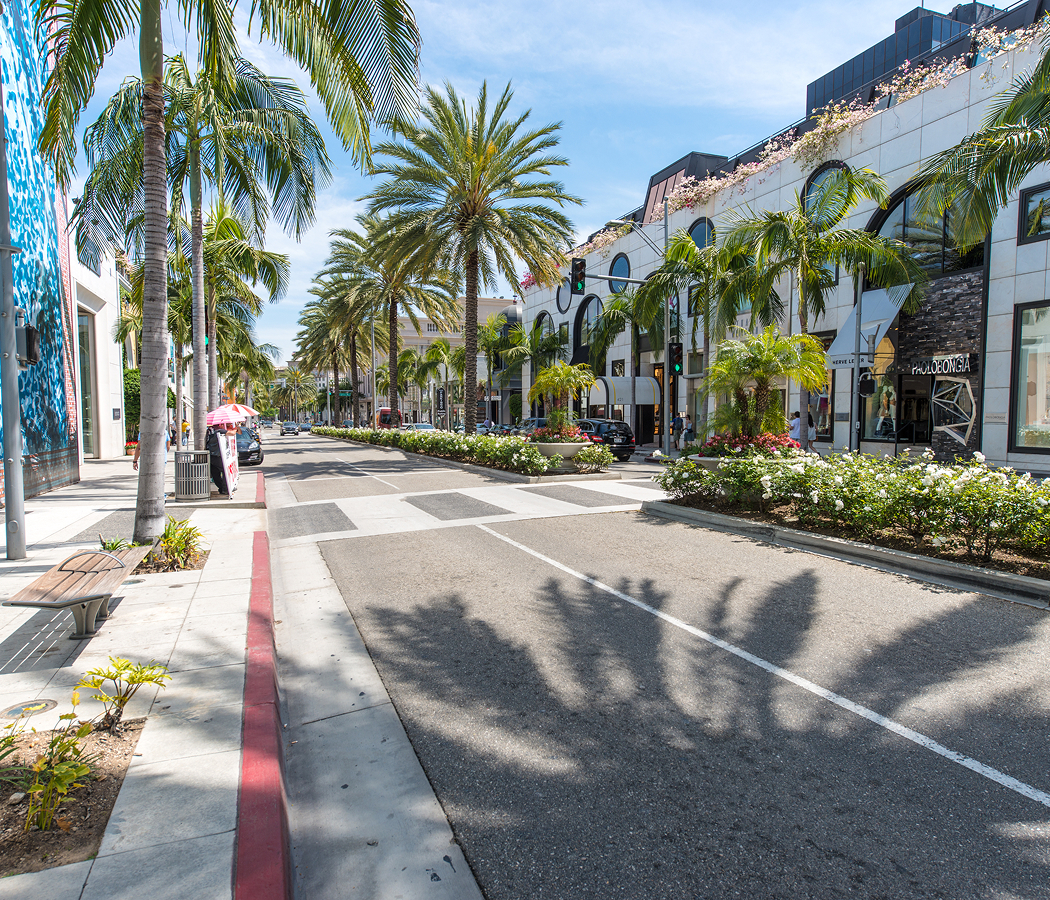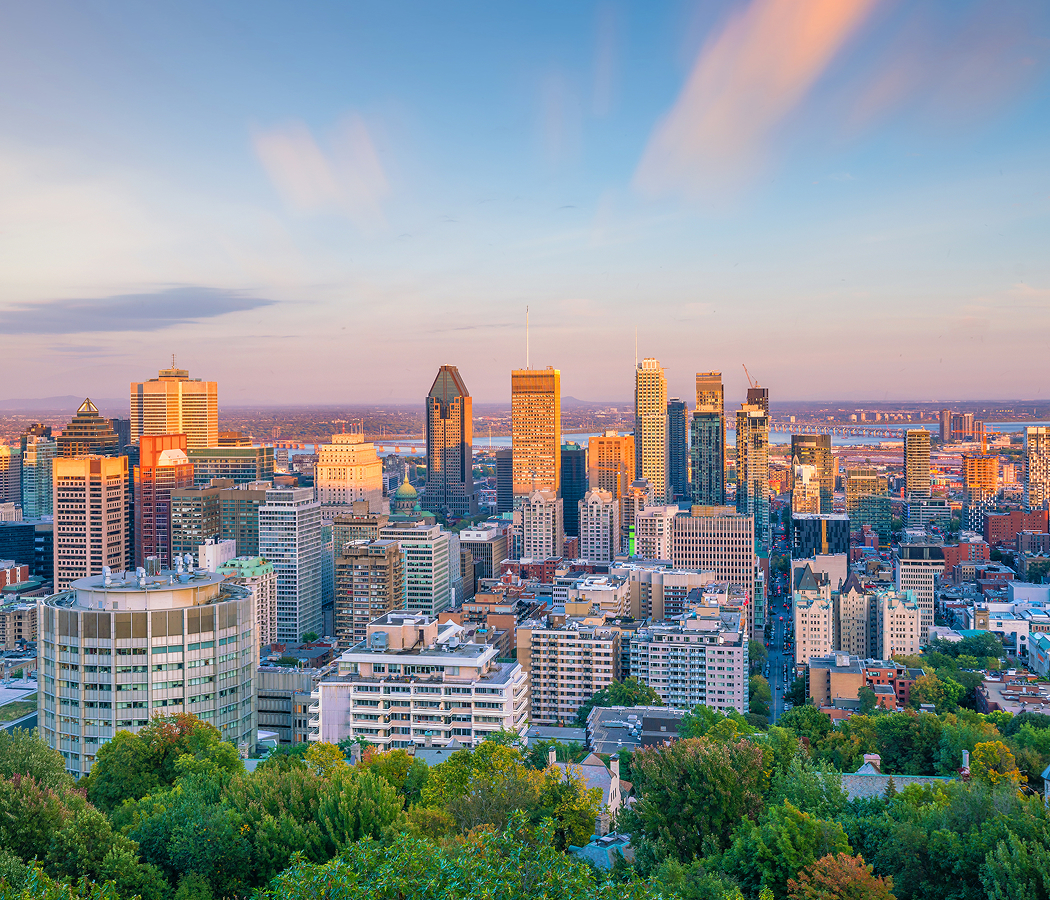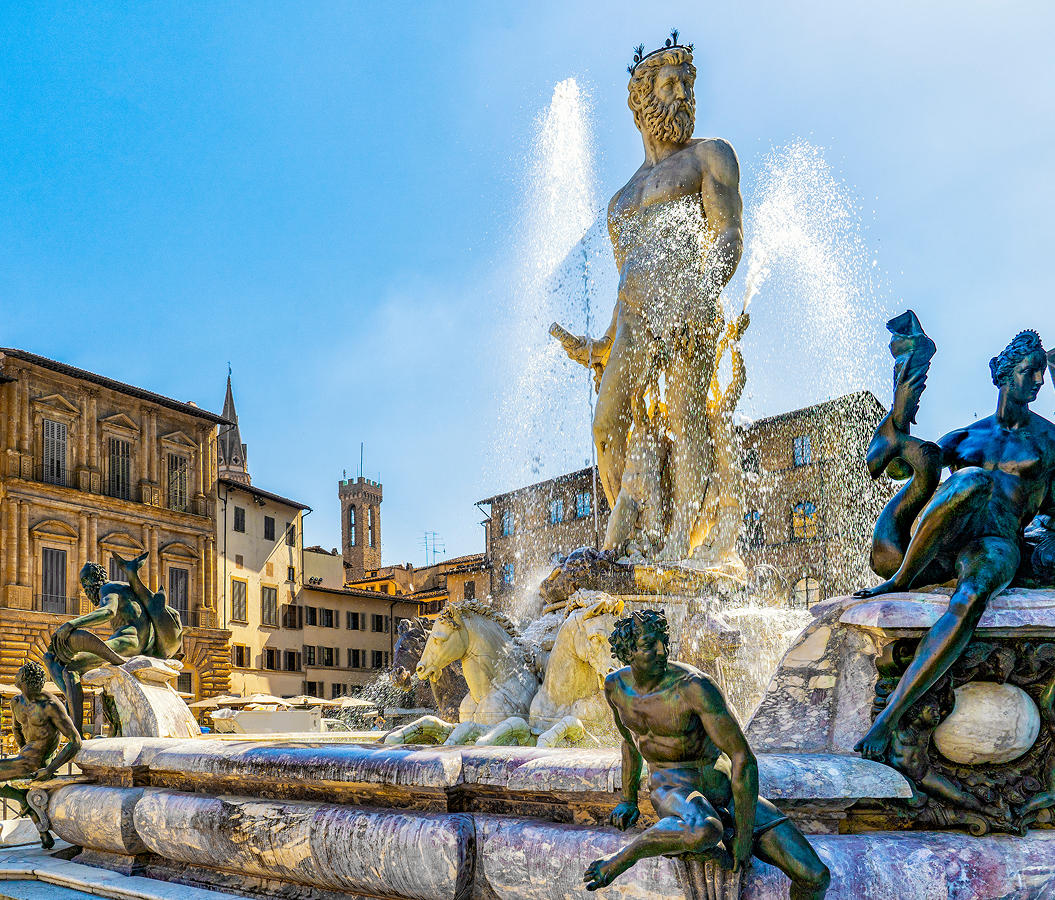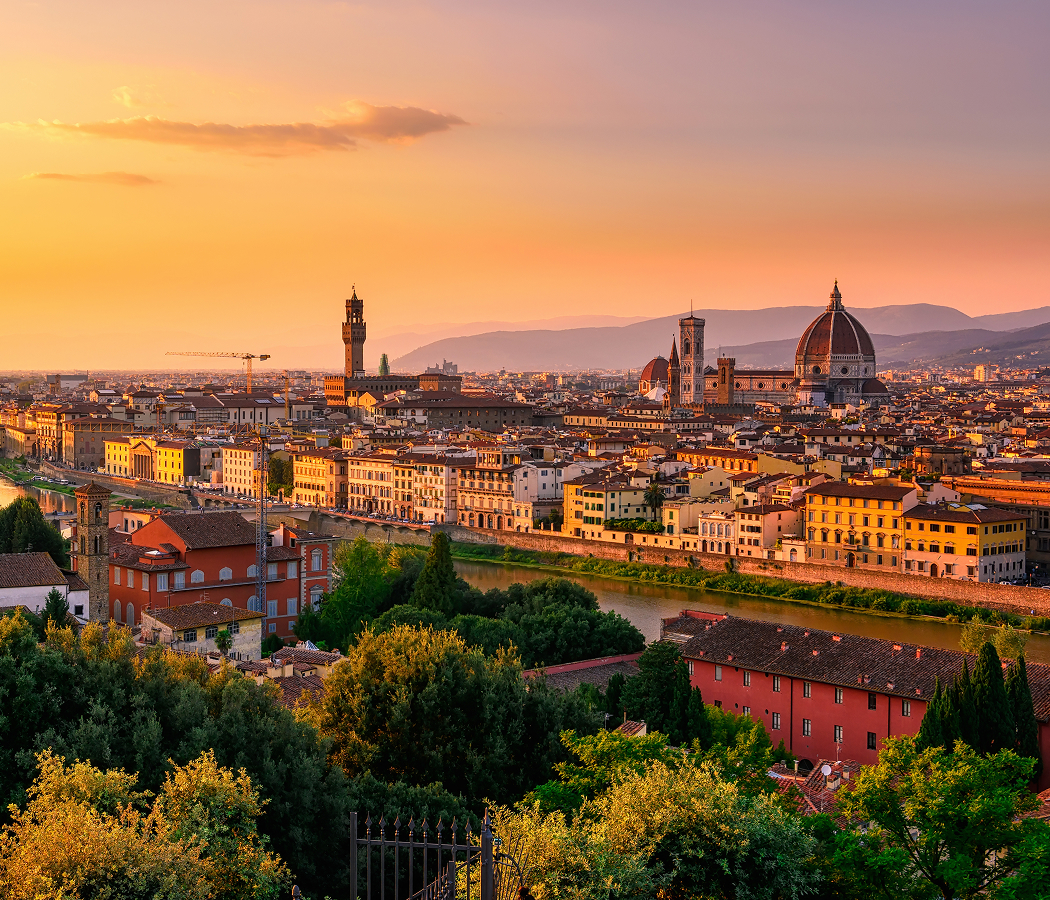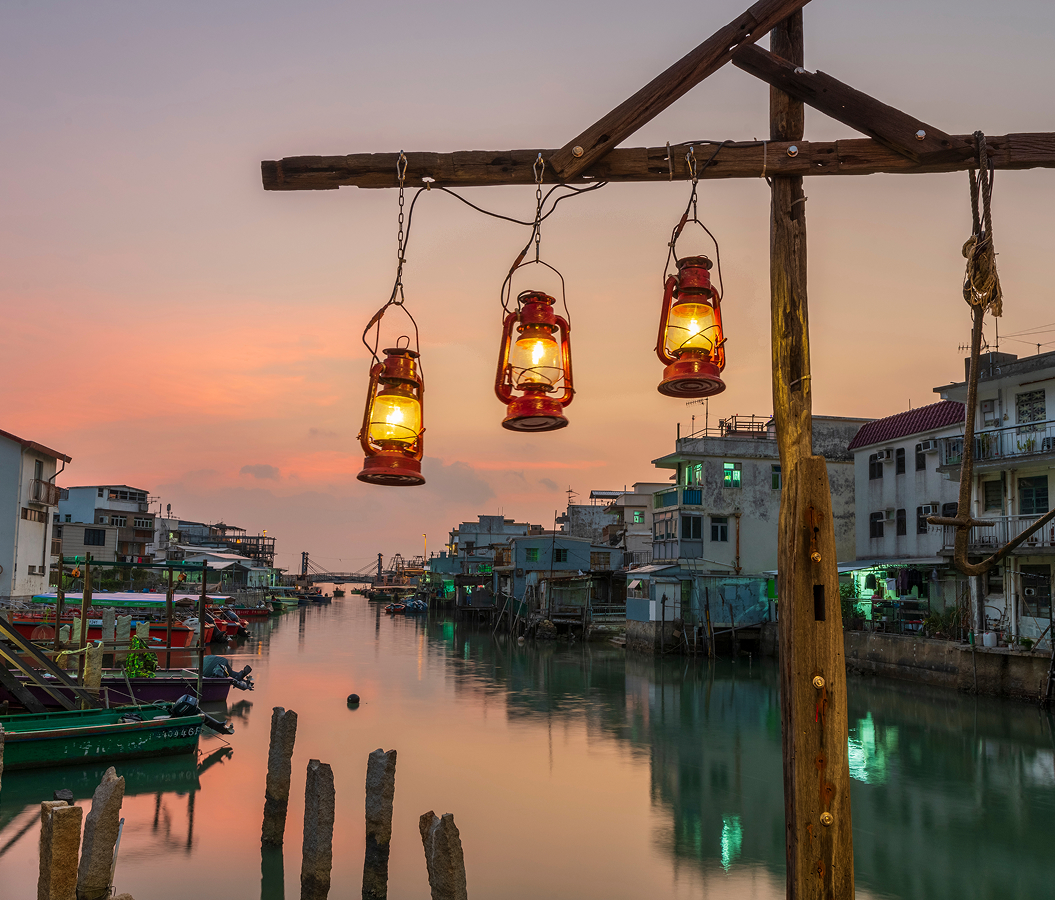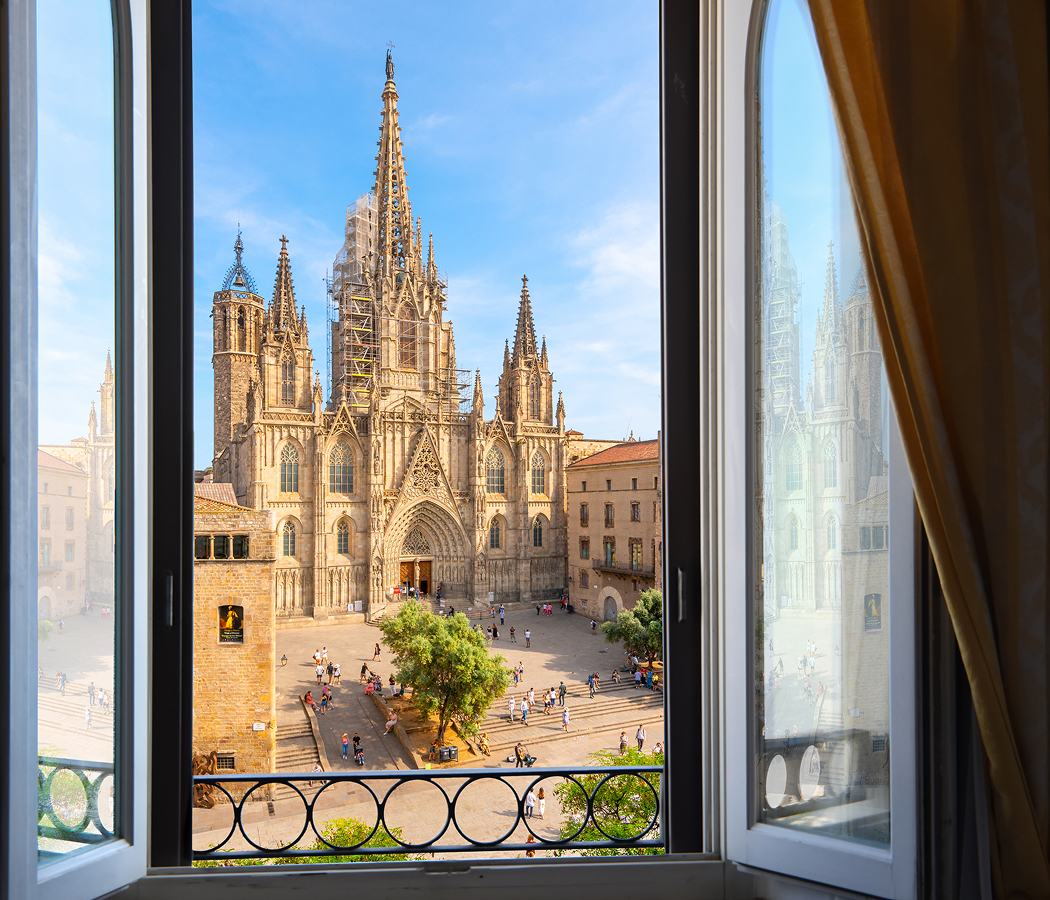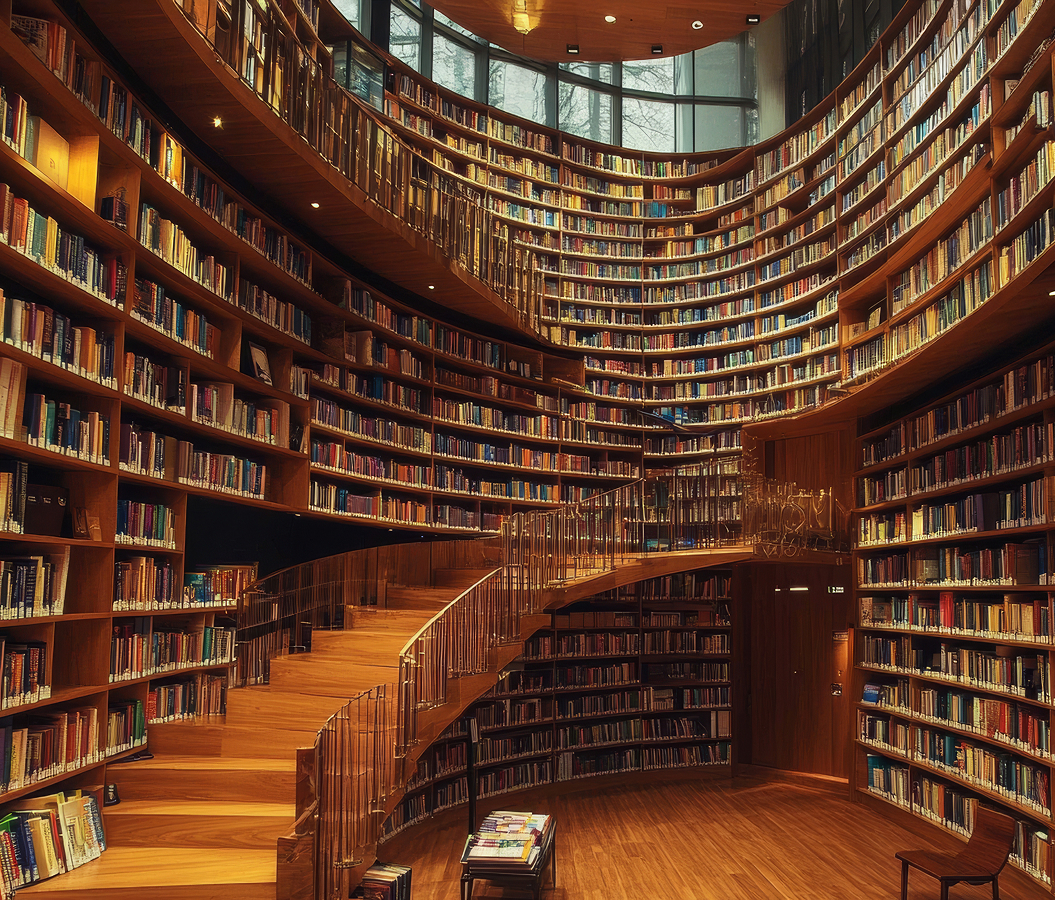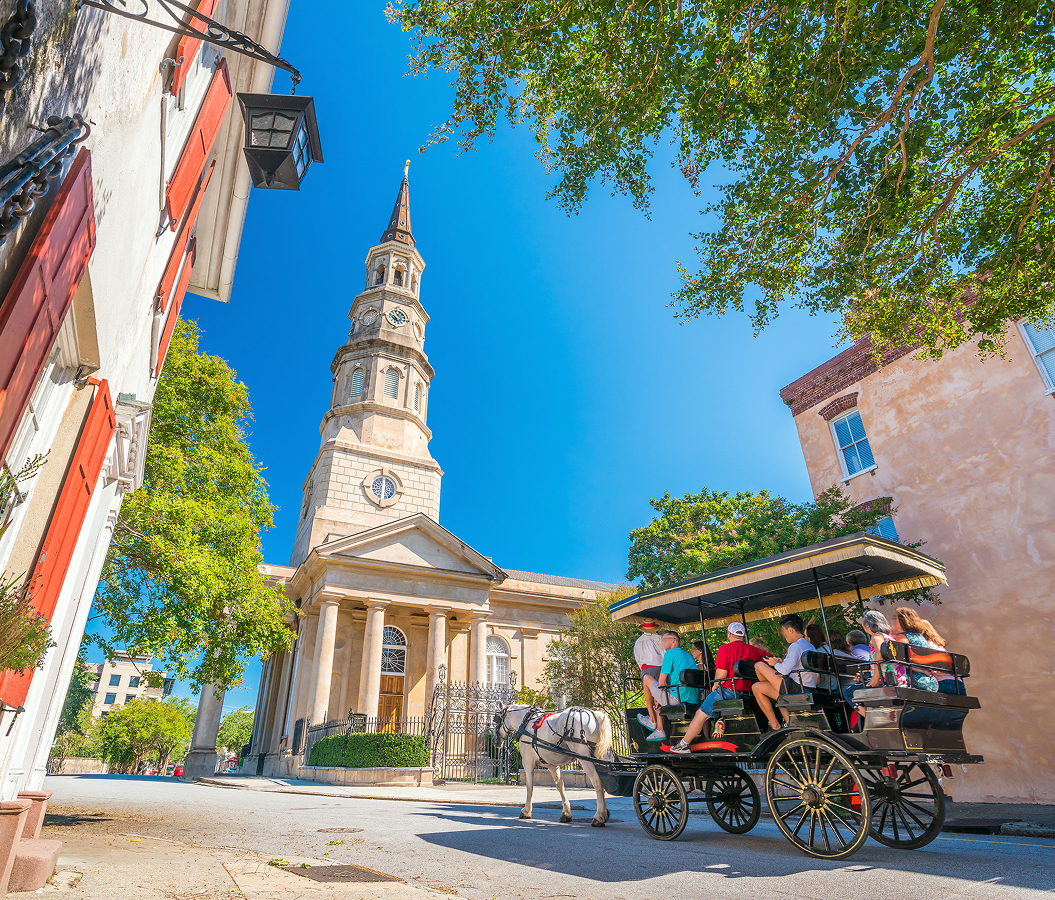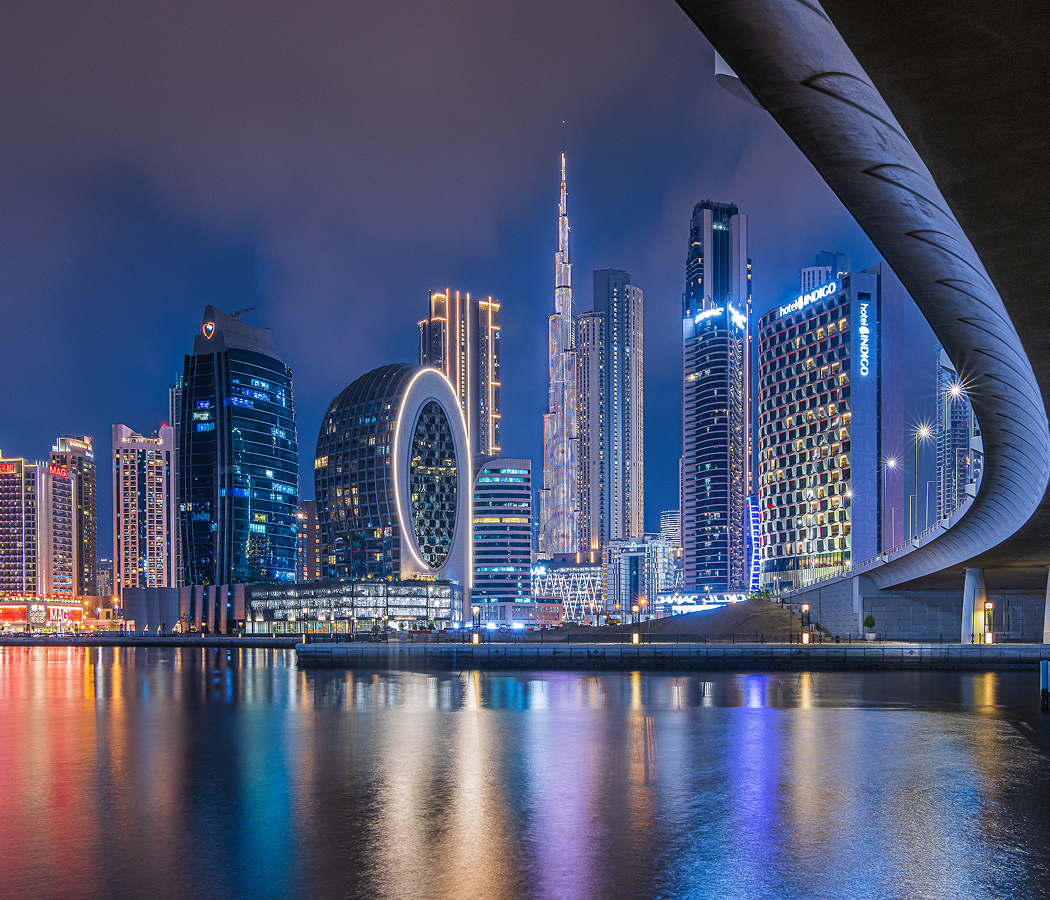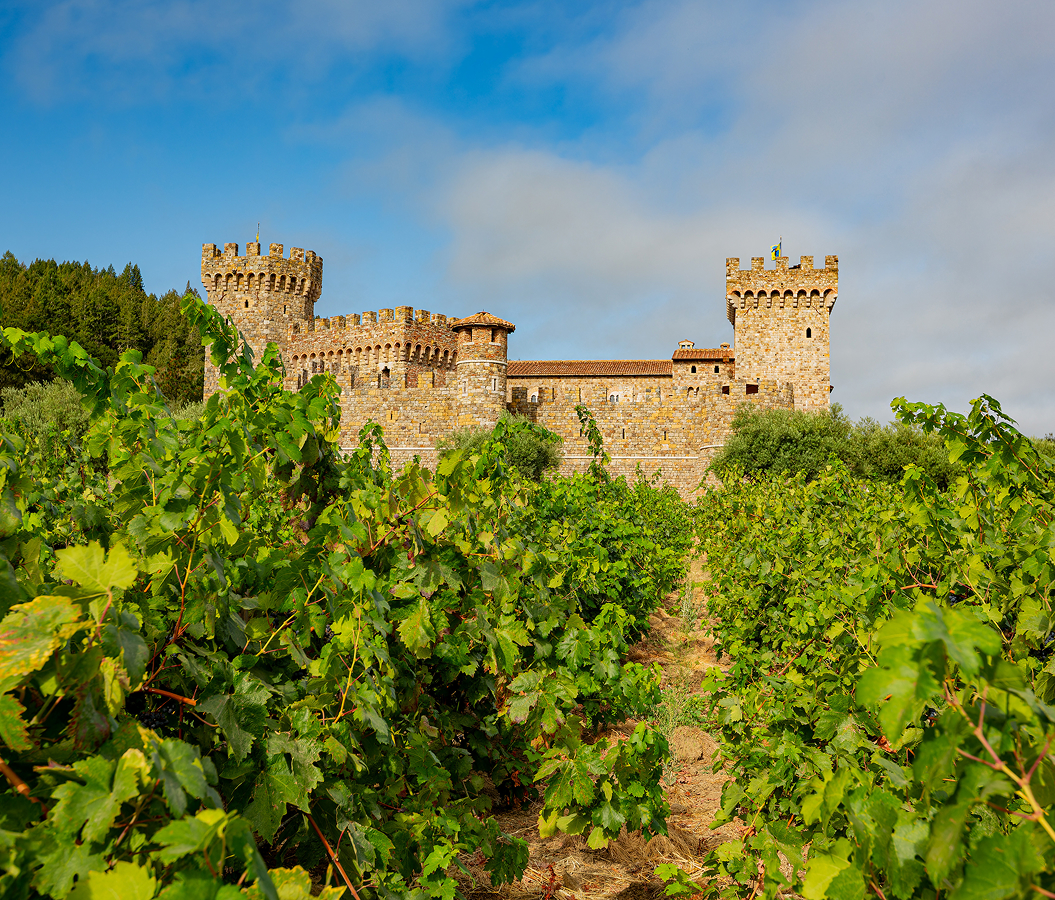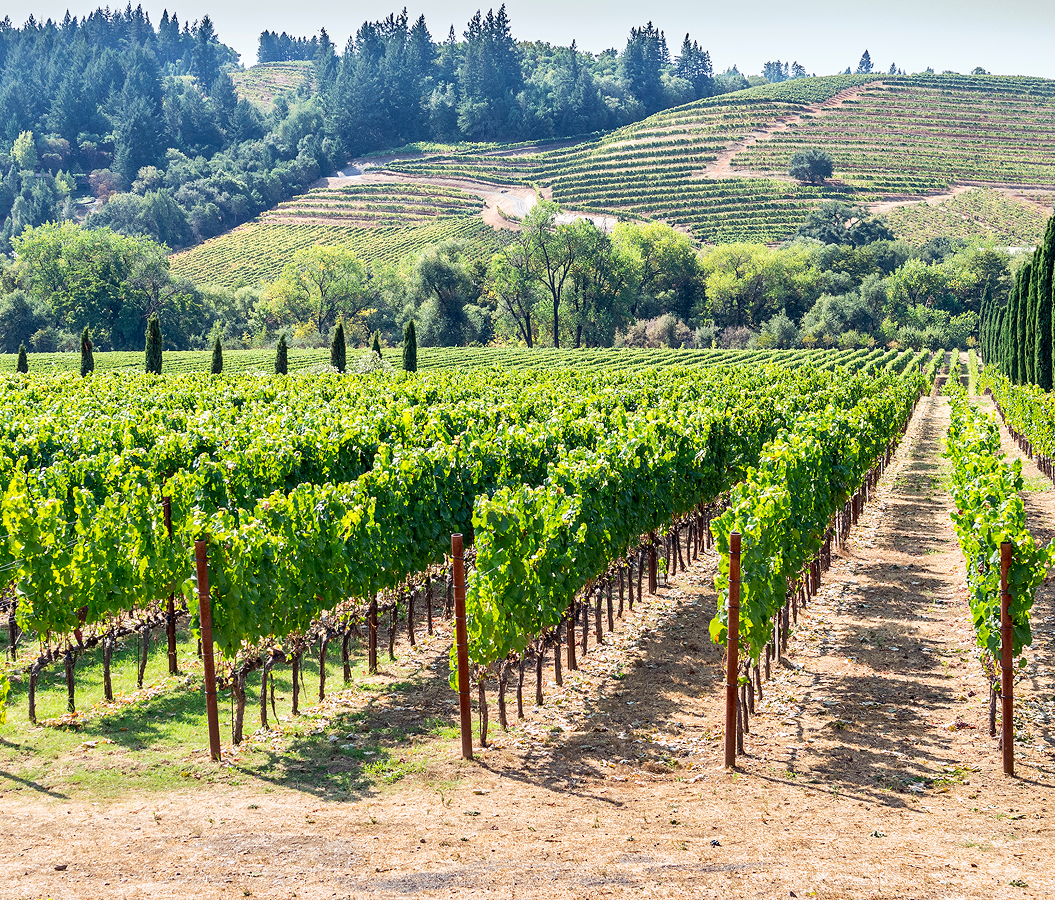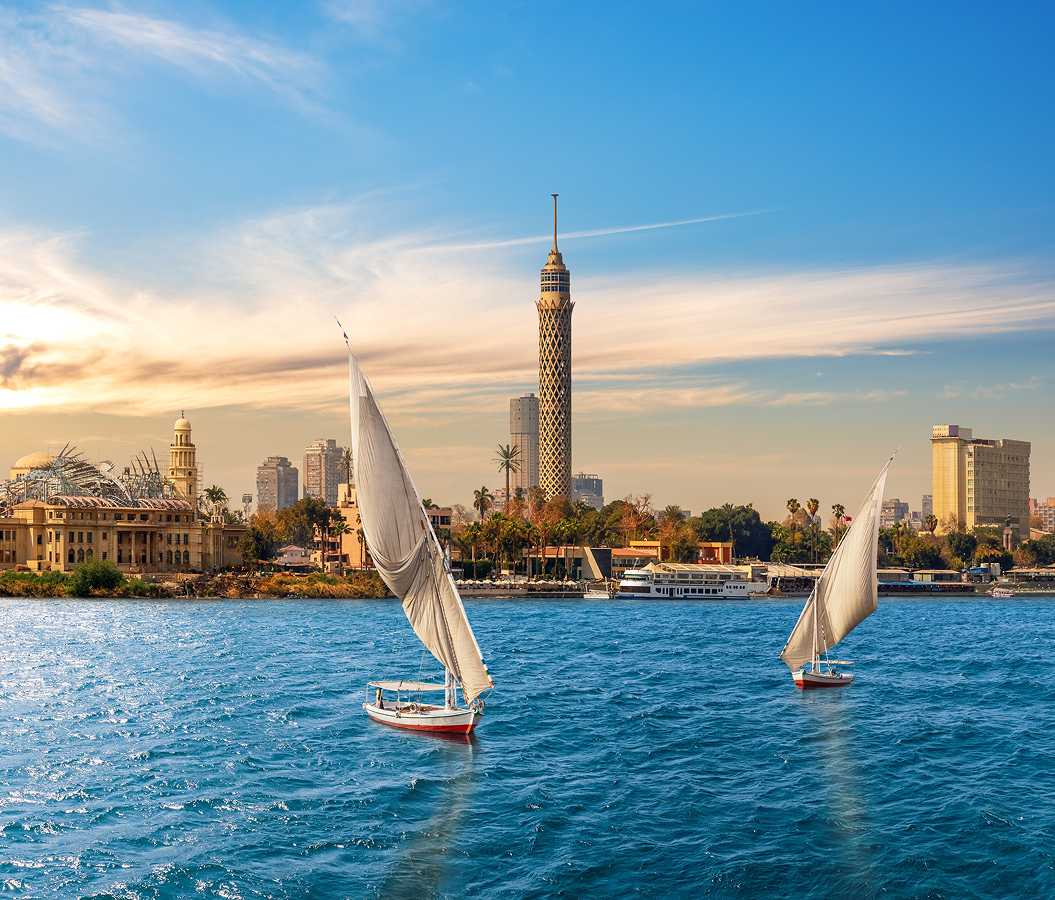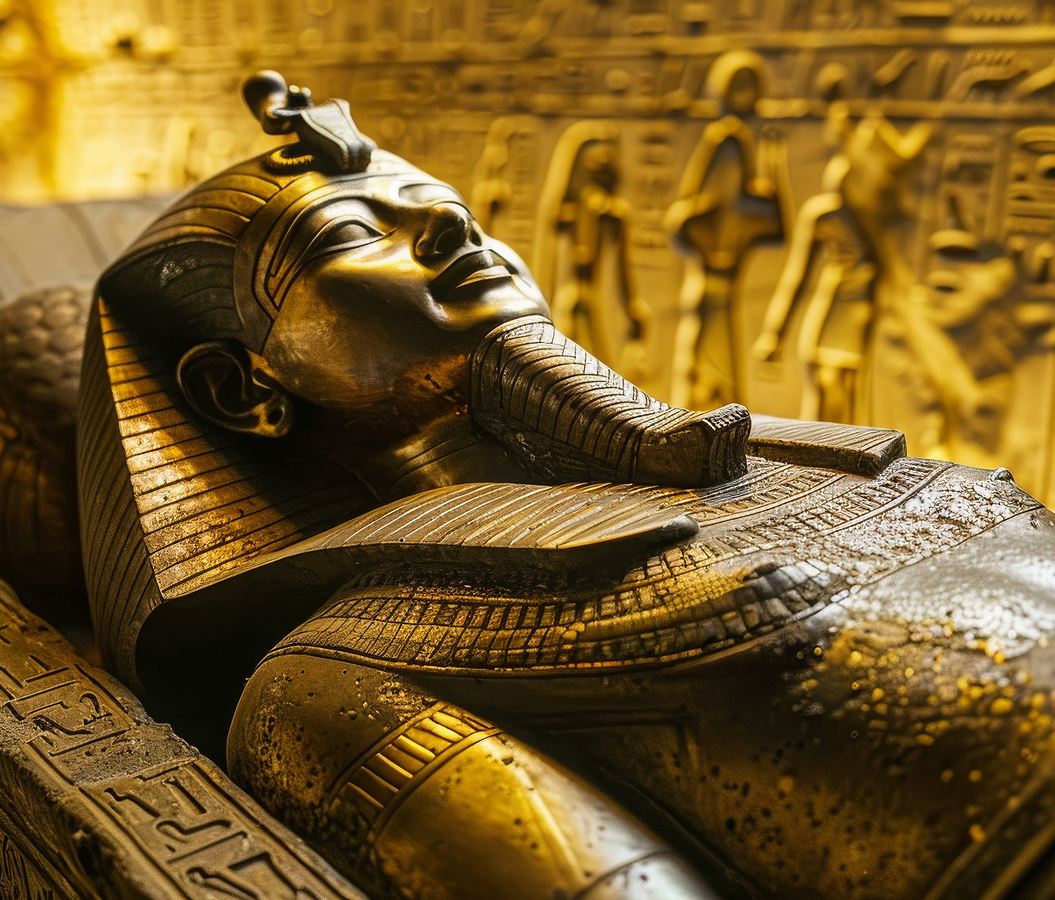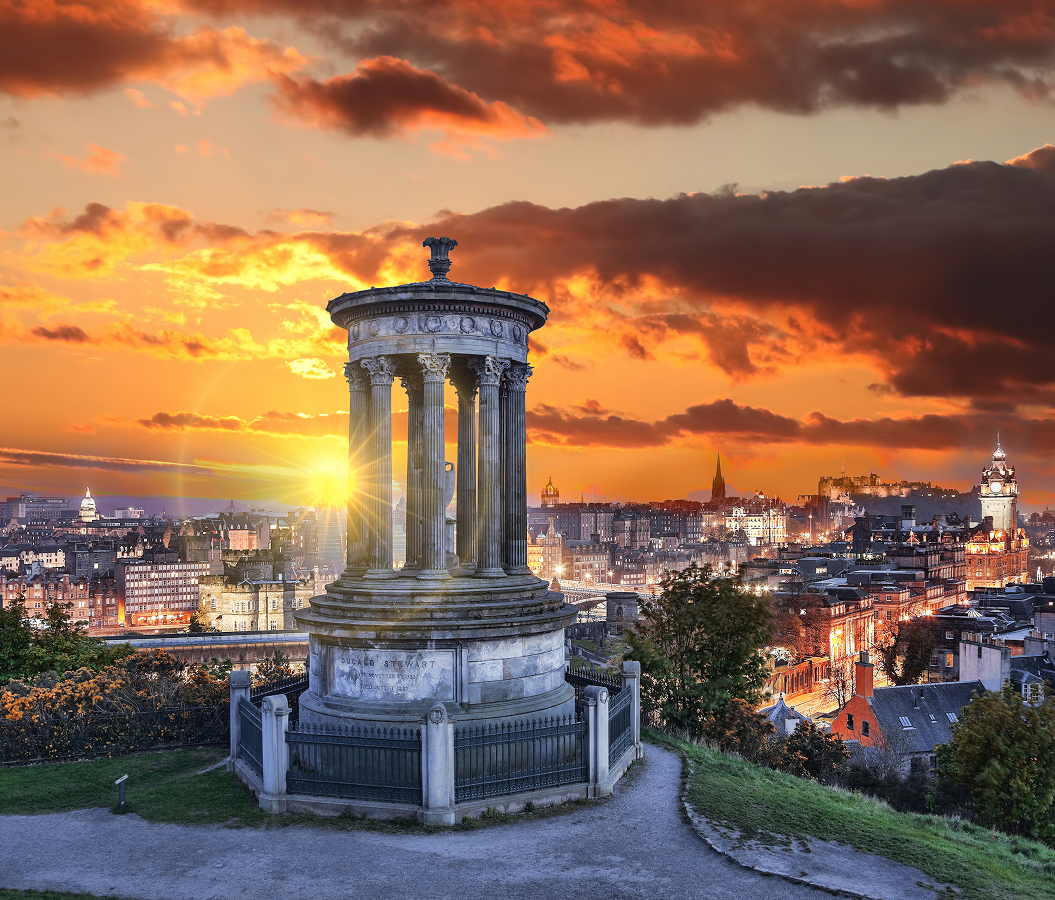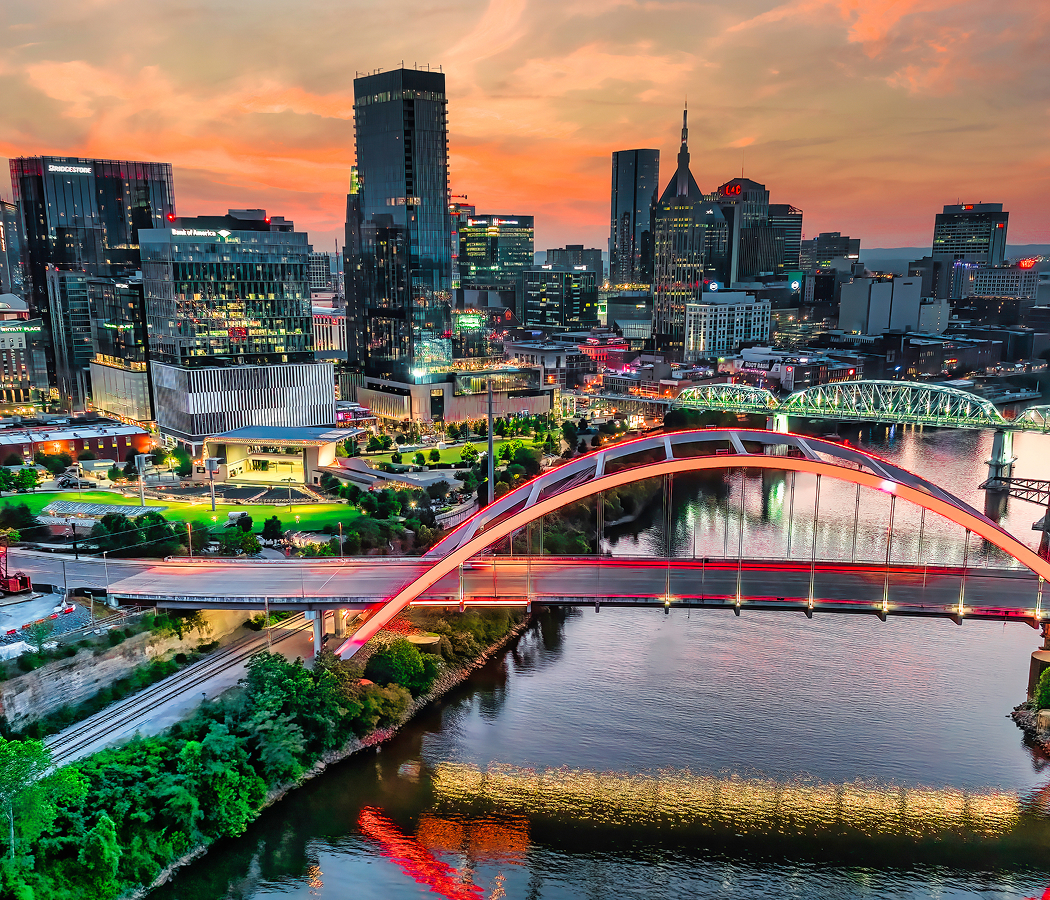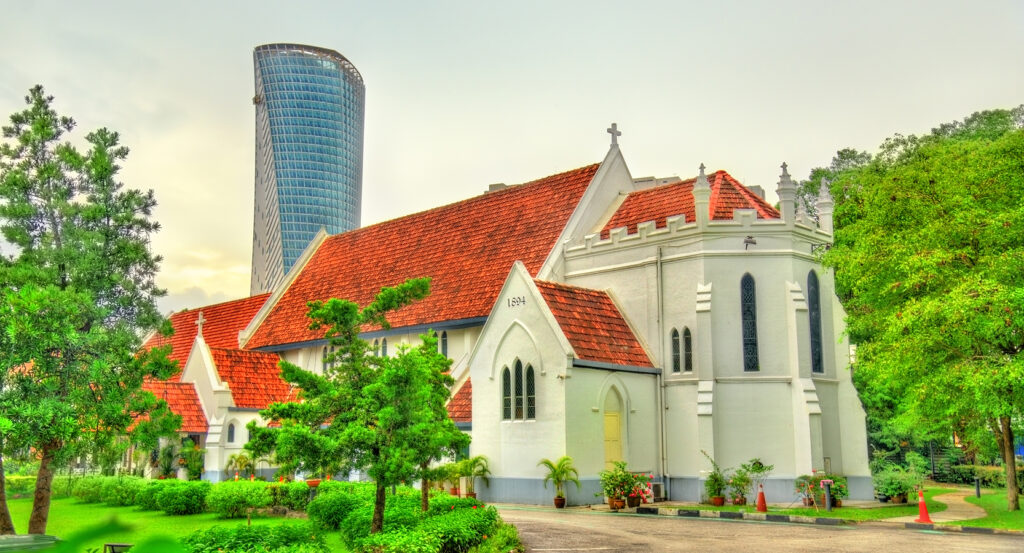
Why you should experience the Bishop’s House at St. Mary’s Cathedral in Kuala Lumpur.
The Bishop’s House at St. Mary’s Cathedral stands like a guardian of grace — a quiet, dignified residence that reflects both colonial craftsmanship and spiritual authority.
Set slightly apart from the main cathedral, the house feels timeless, its red-brick façade softened by ivy and morning light. Wide verandas encircle the structure, their wooden shutters half-open to the hum of the city beyond. Inside, corridors lined with framed portraits of past bishops lead toward rooms still fragrant with sandalwood and polished teak. The air here feels still, contemplative — not somber, but purposeful. It’s the kind of place where decisions that shape decades are made over tea and scripture. The Bishop’s House doesn’t shout its importance; it whispers it, through balance and restraint, through the sound of a creaking stair or the glint of sunlight off stained glass. As an architectural companion to the cathedral, it mirrors the same values: steadfastness, humility, and beauty drawn from order. To stand before it is to see the continuation of the church’s story, embodied not in ceremony but in stewardship — a place where the spiritual and the administrative merge in quiet harmony.
What you didn’t know about the Bishop’s House.
The Bishop’s House was built in 1898 as part of the original St. Mary’s Cathedral compound and remains one of the few surviving examples of late Victorian ecclesiastical architecture in Malaysia.
Designed by A.C. Norman, the same architect responsible for Kuala Lumpur’s Moorish Revival railway station, the residence was intended to provide the Anglican bishop both a home and a working office connected to the cathedral’s growing diocese. Its layout follows a modified British colonial plan — high ceilings for ventilation, deep verandas for shade, and cross-ventilated corridors that funnel monsoon breezes through the building. The foundation rests on river stone and brick, while the timber beams were cut from local meranti wood, chosen for strength and resistance to rot. During the early 20th century, the Bishop’s House served not just as a residence but as an administrative nerve center for the Anglican Church across the Straits Settlements. Visitors — from missionaries to civil officers — would pass through its shaded porch for counsel, comfort, or coordination of relief efforts. During the Japanese occupation in World War II, the house was briefly commandeered for use as a field office but was returned to the church largely unscathed. Postwar restorations in the 1950s added subtle Art Deco flourishes, and later restorations in the 1990s preserved its wooden fretwork and stained-glass transoms. One of the most remarkable features lies inside the study — a hidden trapdoor leading to a compact basement once used to safeguard church records and communion silver during unrest. Over time, the Bishop’s House has hosted generations of leaders who helped define the moral and social direction of Kuala Lumpur, serving as both refuge and rallying point for the Anglican community. Today, while still a functioning residence, it opens occasionally for heritage tours and cultural events, reminding visitors that faith, when properly rooted, can age like the trees that shade its courtyard — quietly, enduringly, and with purpose.
How to fold the Bishop’s House into your trip.
Visiting the Bishop’s House offers a different kind of encounter with St. Mary’s Cathedral — one grounded not in worship, but in witness.
Start by walking the path that connects the cathedral’s southern transept to the residence; it’s a short stroll shaded by bougainvillea and frangipani. The house appears gradually, framed by old wrought-iron gates and a lawn that seems unchanged for a century. If visiting on an open day or guided heritage tour, take your time to study the details: the carved teak balustrades, the brass nameplate dulled by decades of tropical rain, the heavy wooden doors that still close with a satisfying weight. Inside, look for the bishop’s study, where sunlight slants across old books and correspondence — a tangible link to the city’s colonial and ecclesiastical past. The drawing room, often used for small receptions, displays portraits of every Anglican bishop to have served in Kuala Lumpur, creating a visual lineage of stewardship. Spend about 30–45 minutes here, ideally before or after exploring the main cathedral and courtyard garden. The house’s rhythm is slower, its beauty quieter — you feel it in the echo of footsteps on tile, the flicker of light on wood, the way the world outside seems to pause just beyond the veranda. Step outside again and look back: the Bishop’s House and St. Mary’s Cathedral together form a dialogue — between faith and function, prayer and purpose, past and present. It’s one of Kuala Lumpur’s few places where the city’s spiritual history remains both visible and alive, carried not in relics, but in the enduring grace of lived architecture.
Hear it from the Foresyte community.
“Whole place feels like the city forgot to be loud for five minutes. You walk in and it’s just wood, glass, and your brain finally unclenching.”
Where meaningful travel begins.
Start your journey with Foresyte, where the planning is part of the magic.
Discover the experiences that matter most.



